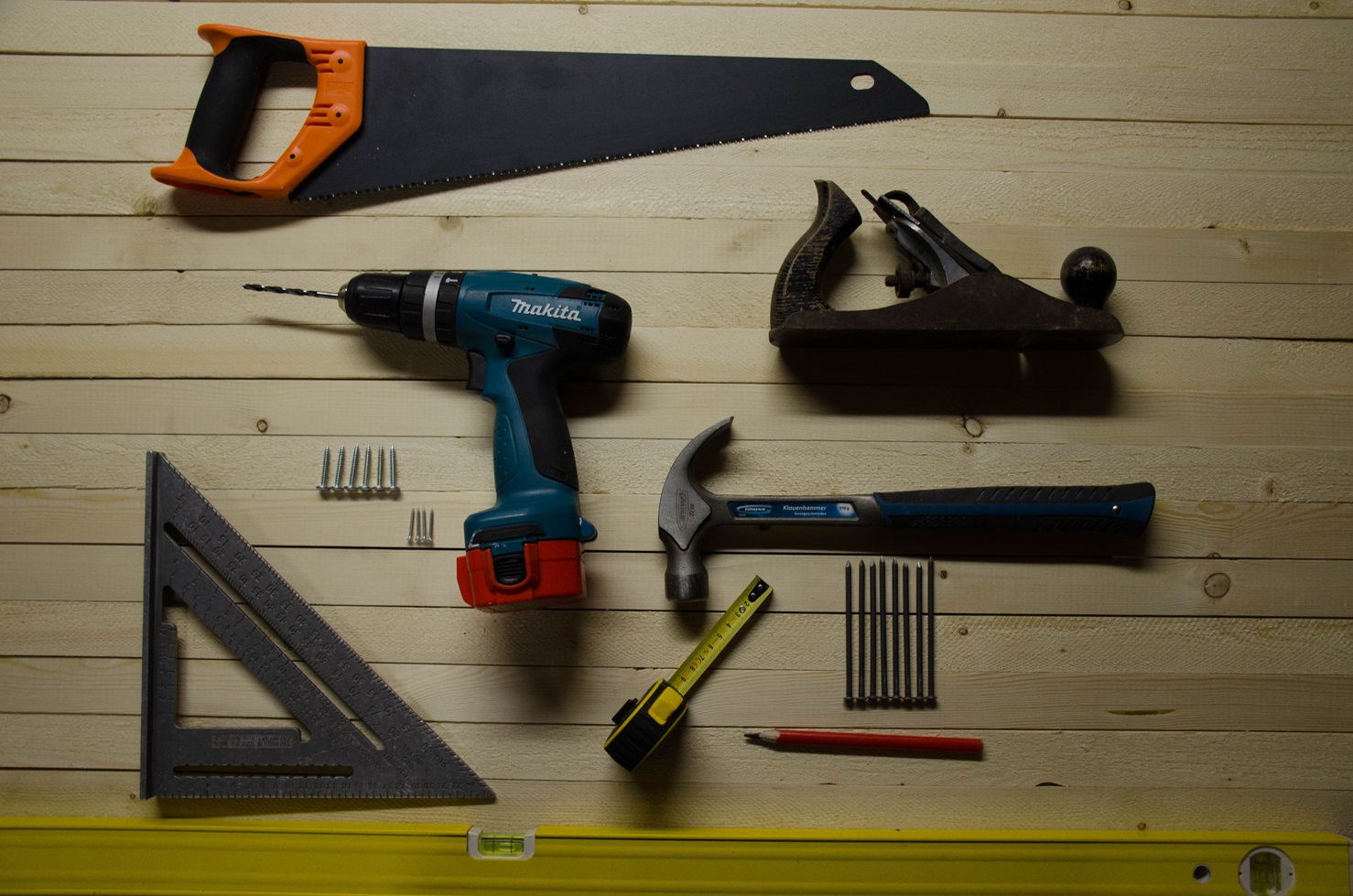DIY Energy Storage: A Weekend Project for Homeowners
Transforming your home into an energy-efficient haven doesn’t have to be a complex endeavor. In fact, with the right guidance, DIY energy storage can become a rewarding weekend project for homeowners. This article provides step-by-step instructions, making it easy for you to embark on a journey toward energy independence right from the comfort of your home.
Getting Started with DIY Energy Storage
Understanding the Basics
Grasping Essential Concepts
Before diving into the project, it’s essential to understand the basics of DIY energy storage. Familiarize yourself with the components involved, such as batteries, inverters, and charge controllers. A solid understanding of these elements will empower you to make informed decisions throughout the DIY process.
Safety First
Prioritizing a Secure Workspace
Safety is paramount in any DIY project. Ensure you have a dedicated and well-ventilated workspace. Invest in appropriate safety gear, including gloves and safety glasses. If you’re working with lithium-ion batteries, familiarize yourself with the specific safety guidelines associated with handling and assembling them.
Choosing the Right Components
Selecting Batteries
Balancing Cost and Capacity
Begin by choosing the right batteries for your DIY energy storage system. While lithium-ion batteries are popular for their energy density and longevity, lead-acid batteries offer a more budget-friendly alternative. Consider your energy needs and budget when selecting the appropriate battery type and capacity for your project.
Inverter and Charge Controller Selection
Matching Components for Efficiency
Select an inverter that efficiently converts DC power from your batteries into AC power for household use. Ensure compatibility with your battery type. Additionally, integrate a charge controller to manage the charging process and prevent overcharging, extending the lifespan of your batteries.
Constructing Your DIY Energy Storage System
Battery Configuration
Creating a Bank for Energy Storage
Arrange your selected batteries in a configuration that suits your available space and energy needs. Common configurations include series and parallel setups. A series connection increases voltage, while a parallel connection increases capacity. Find the right balance for your specific requirements.
Connecting Inverter and Charge Controller
Ensuring Seamless Integration
Connect your inverter and charge controller according to the manufacturer’s instructions. Double-check the compatibility of these components to ensure a seamless integration. Proper wiring is crucial for the efficient functioning of your DIY energy storage system.
Implementing Safety Measures
Battery Enclosure
Securing Batteries for Safety
Construct a secure enclosure for your batteries to protect them from environmental elements and ensure overall safety. Adequate ventilation is essential, especially if you’re working with lead-acid batteries. A well-ventilated enclosure prevents the buildup of potentially harmful gases.
Emergency Shut-off Switch
Adding a Safety Mechanism
Install an emergency shut-off switch for added safety. This switch allows you to quickly disconnect the entire system in case of emergencies or maintenance. Place it in an easily accessible location for immediate use.
Testing and Monitoring
Initial System Test
Verifying Components Functionality
Before finalizing your DIY energy storage system, conduct an initial test to ensure all components function correctly. Check for proper wiring, voltage levels, and the seamless operation of the inverter and charge controller. Address any issues before proceeding.
Continuous Monitoring
Ensuring Long-Term Performance
Implement a monitoring system to keep a constant eye on the performance of your DIY energy storage. Regularly check battery levels, monitor energy consumption, and be proactive in addressing any anomalies. Continuous monitoring ensures the longevity and efficiency of your system.
Enjoying the Fruits of Your Labor
Energy Independence
Reaping the Benefits
Once your DIY energy storage system is up and running smoothly, relish in the benefits of energy independence. Monitor your reduced reliance on the grid, observe the cost savings on your energy bills, and revel in the satisfaction of a successful DIY project that contributes to a more sustainable lifestyle.
Community Sharing
Inspiring Others with Your Success
Share your DIY energy storage journey with your community. Your success can inspire others to embark on their own projects, fostering a sense of shared knowledge and empowerment. Consider local DIY groups, online forums, or social media platforms to connect with like-minded individuals.
Conclusion: Empowering Homeowners with DIY Energy Storage
Embarking on a DIY energy storage project can be a fulfilling endeavor, offering homeowners a pathway to energy independence and sustainability. By understanding the basics, selecting the right components, constructing a well-designed system, implementing safety measures, and continuously monitoring performance, you can create a reliable and efficient energy storage solution right in your own home. This weekend project not only enhances your understanding of energy systems but also contributes to a greener and more sustainable future.
Post time: Jan-12-2024


